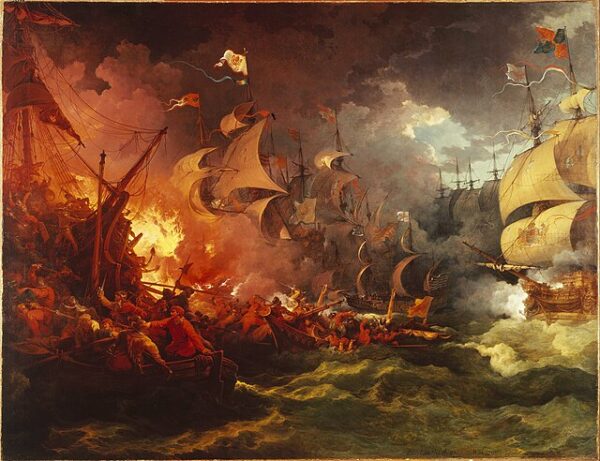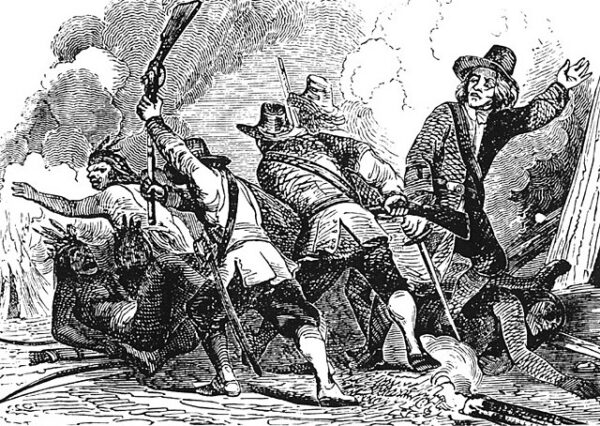The Spanish Armada, a formidable naval force assembled by King Philip II of Spain, embarked on its fateful expedition beginning on May 28, 1588. Comprising 130 ships and approximately 30,000 men, including sailors, soldiers, and support personnel, the Armada’s mission was to overthrow Queen Elizabeth I of England and reassert Catholic dominance over Protestant England.
The fleet set sail from Lisbon, Portugal, which was then under Spanish control following the Iberian Union of 1580. The departure from Lisbon marked the culmination of extensive planning and preparation. Known as “La Armada Invencible” (The Invincible Fleet), the Armada symbolized Spain’s naval prowess and the empire’s significant military and economic strength during the late 16th century.
Commanded by the Duke of Medina Sidonia, the Armada’s journey faced significant challenges from the outset. Despite his high social standing, Medina Sidonia was an inexperienced naval commander, chosen more for his loyalty than for his maritime expertise. The fleet’s initial progress was impeded by adverse weather conditions, resulting in the loss of several ships before even reaching the English Channel.
The strategic objective of the Spanish Armada was to gain control of the English Channel and facilitate the transportation of Spanish troops from the Netherlands, commanded by the Duke of Parma. This army, numbering around 30,000 men, was intended to be transported across the Channel to invade England. The success of this plan hinged on the Armada securing naval supremacy to ensure a safe passage for the invasion forces.
As the Armada advanced toward the English Channel, it encountered the English fleet, commanded by Lord Charles Howard and Sir Francis Drake. Although smaller in number, the English navy was more agile and well-suited to the turbulent waters of the Channel. Employing innovative tactics, such as the use of fire ships to disrupt the Spanish formation, the English inflicted significant damage on the Armada. The smaller, more maneuverable English ships were able to outflank the larger, less agile Spanish galleons.
The Battle of Gravelines, fought on July 29, 1588, proved to be the pivotal moment in the campaign. The relentless attacks by the English fleet, combined with adverse weather conditions, forced the Armada into retreat. This retreat turned into a grueling ordeal, with the Spanish ships attempting to circumnavigate the British Isles to return home. The journey was marked by severe storms that further decimated the already damaged fleet. Many ships were wrecked on the coasts of Scotland and Ireland, and thousands of Spanish sailors perished due to the harsh conditions and lack of supplies.
The defeat of the Spanish Armada changed European history. It signaled the decline of Spain’s naval dominance and the rise of England as a major maritime power. The failure of the Armada also had significant implications for the balance of power in Europe, as well, contributing to the waning influence of Habsburg Spain and the consolidation of Protestantism in England.
The Spanish Armada’s ill-fated voyage from Lisbon to the English Channel is remembered not only for its scale and ambition but also for its dramatic failure, which altered the trajectory of European power dynamics and left an indelible mark on the history of naval warfare.






